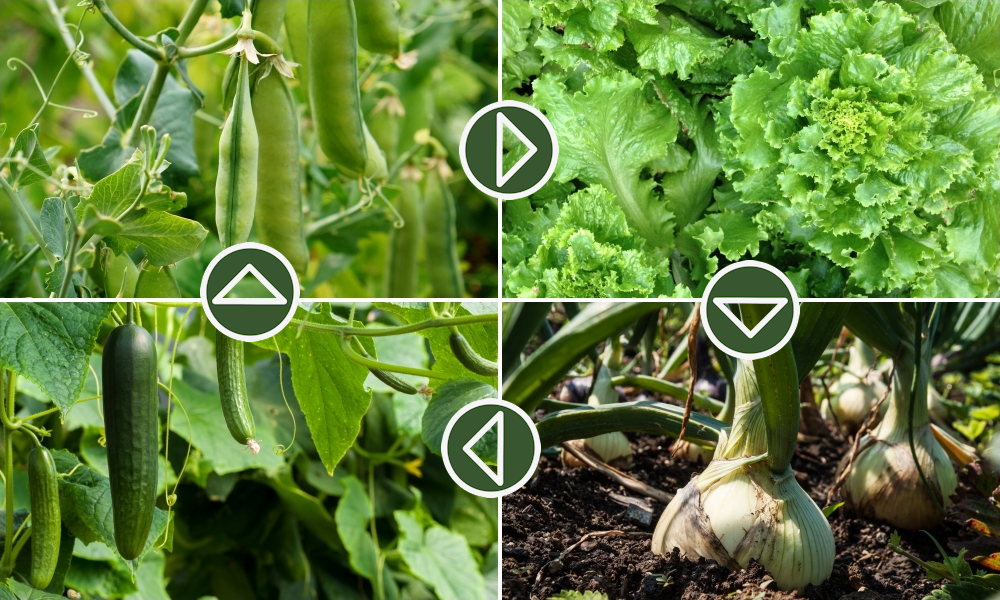Cultivating a thriving garden is every gardener’s dream, and understanding the fundamentals of crop rotation is a crucial step toward achieving that goal. In this article, we delve into the essence of crop rotation, exploring how this age-old practice can enhance soil health, deter pests and unlock the full potential of your garden’s harvests.
Crop rotation is a method used by gardeners and farmers to manage the planting sequence of crops in a systematic manner. It involves growing different crops in the same area over a period of time, typically rotating them in a specific order. This practice offers several benefits, such as reducing pest and disease pressure, improving soil fertility, and minimizing nutrient imbalances. Here’s a basic guide to crop rotation for beginner gardeners, along with some examples of specific plants.
1. Understand the Crop Families
First, it’s essential to understand the concept of crop families. Plants within the same family generally have similar nutrient requirements and are susceptible to similar pests and diseases. By grouping crops based on their families, you can plan an effective crop rotation.
2. Divide Your Garden into Sections
Divide your garden into sections or beds, depending on its size and layout. Each section will be dedicated to growing a specific group of crops.
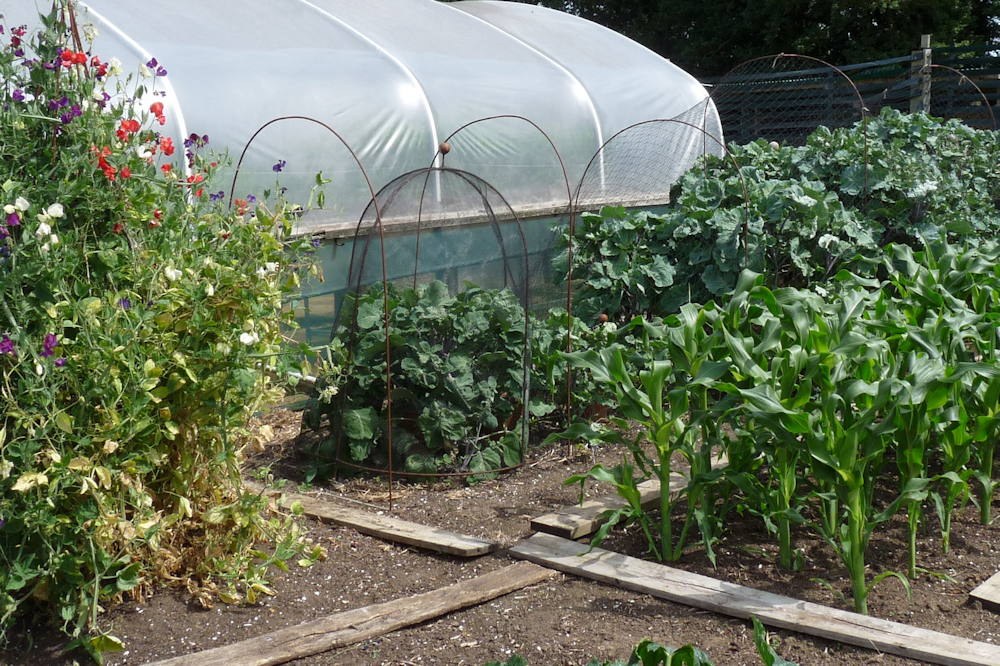
3. Implement a Rotation Plan
Rotate crops from different families in a specific sequence to prevent the buildup of pests, diseases and nutrient deficiencies in the soil. A common rotation plan involves dividing crops into four groups or “crop families.”
a. Group 1: Legumes (Beans, Peas)
Legumes are nitrogen-fixing plants that enrich the soil by converting atmospheric nitrogen into a usable form. They also help break up compacted soil. Examples include bush beans, pole beans, snap peas and snow peas.
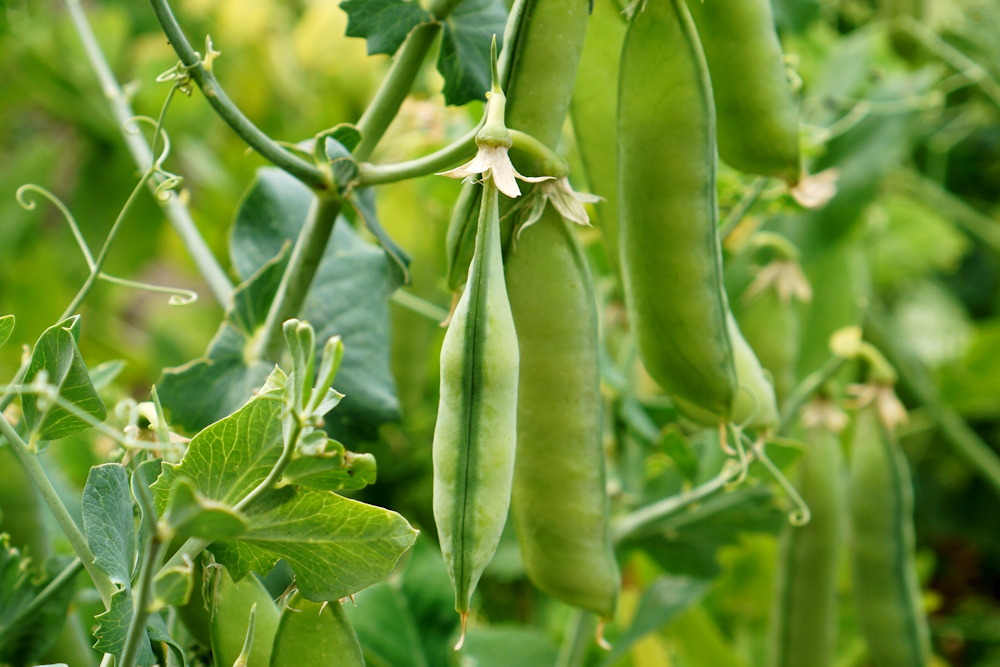
b. Group 2: Leafy Greens (Lettuce, Spinach)
Leafy greens are quick-growing crops that benefit from the increased nitrogen levels left behind by legumes. Examples include lettuce, spinach, kale, Swiss chard and arugula.

c. Group 3: Root Vegetables (Carrots, Potatoes)
Root vegetables require well-drained soil and benefit from the looser soil structure left behind by leafy greens. Examples include carrots, potatoes, radishes, beets and onions.
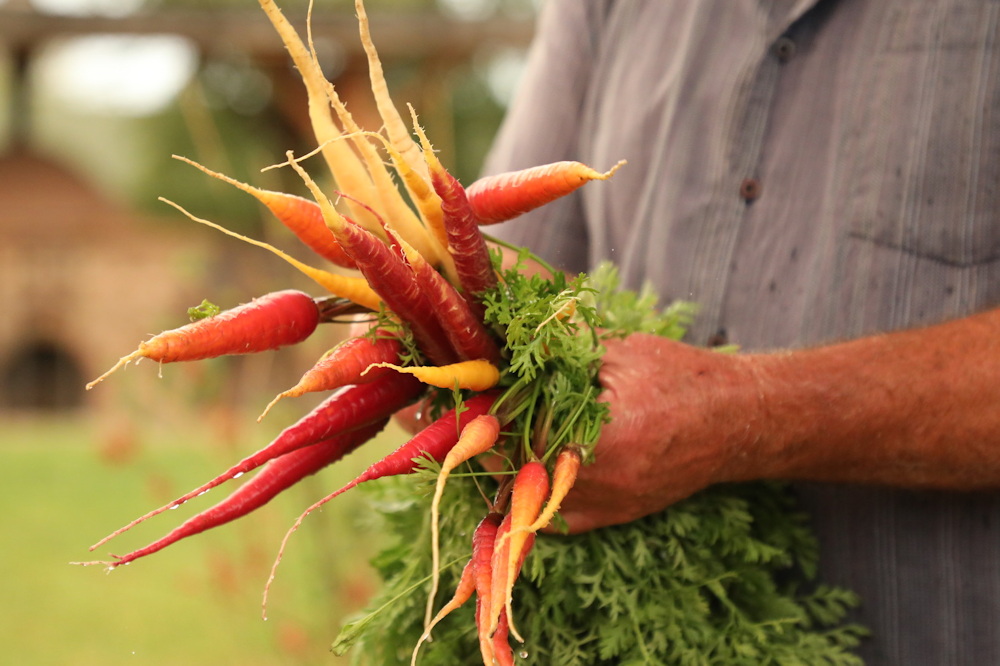
d. Group 4: Fruit-Bearing Vegetables (Tomatoes, Cucumbers)
Fruit-bearing vegetables have higher nutrient demands and can deplete soil resources. They benefit from the nutrient-rich soil created by root vegetables. Examples include tomatoes, cucumbers, peppers, eggplants and squash.
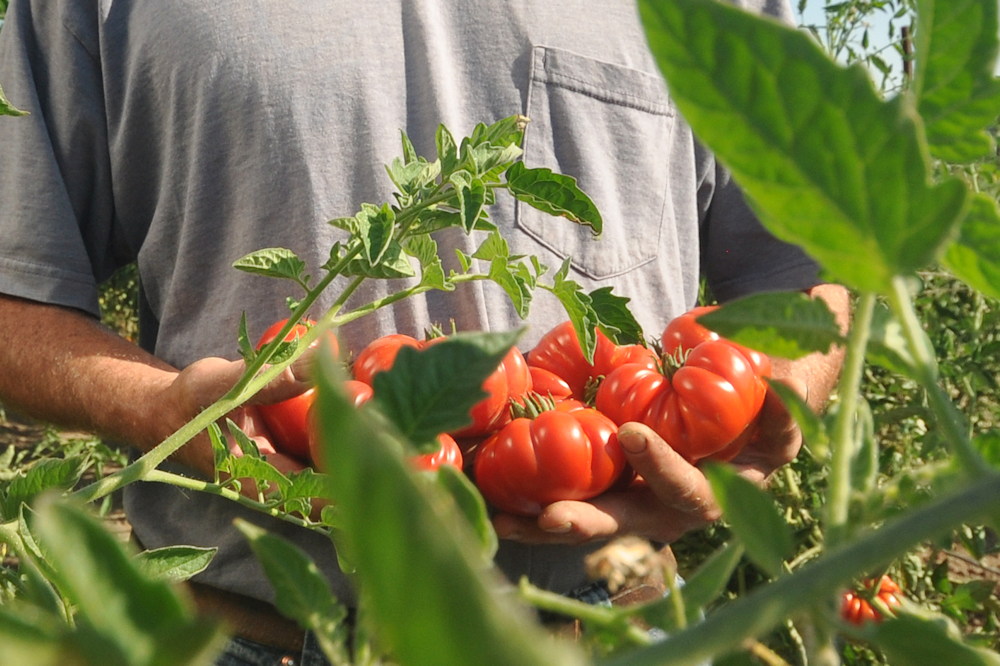
4. Rotate Crops Annually
Each year, move the crops from one section to the next in the designated rotation order. For instance, if you planted legumes in Section 1 during the first year, plant leafy greens in Section 1 the following year, and so on. This ensures that the crops return to the same section after a full rotation cycle.

5. Pay Attention to Planting Dates
Consider the planting dates and seasonal requirements of each crop when planning the rotation. Some crops may be better suited to specific seasons or climates.
By following this crop rotation plan, you can maintain soil health, manage pests and diseases and optimize plant growth in your garden.
Remember, this is just a basic example, and crop rotation plans can be adapted based on specific needs, available space and crop preferences.



